Cruciferous veggies, like broccoli and kale, are some of the most nutrient-dense foods on the planet. Here’s how piling them onto your plate every day can help you lose weight and even fight cancer.
It’s no secret that eating your broccoli can help fight disease and lower your blood sugar, but did you know that eating too many cruciferous veggies could have serious side effects?
Before we dive into the benefits and side effects of these proclaimed “superfoods”, let’s answer one question first – what exactly are cruciferous vegetables?
Are you struggling with a Thyroid condition? We’ve created a FREE guide that shows you how you can heal your thyroid.
Click here to get your FREE copy of our Thyroid Guide!
What Are Cruciferous Vegetables?
Cruciferous veggies are members of the Brassicaceae family of plants – more commonly known as the cabbage family. Aside from cabbage, the most common varieties include:
- Arugula
- Bok choy
- Broccoli
- Brussels sprouts
- Cauliflower
- Collard greens
- Kale
- Kohlrabi
- Maca
- Radish
- Rutabaga
- Turnip
- Watercress
While the nutrition of each varies, you can bet most of these veggies contain high amounts of vitamins A, C, K, and fiber. However, one compound, in particular, steals the show when speaking of these particular veggies – sulforaphane.
Sulforaphane is a phytochemical abundantly found in cruciferous vegetables and can help neutralize inflammation-causing free radicals in the body. (1)
Here are six more reasons why you should eat cruciferous veggies every day.
6 Benefits of Cruciferous Vegetables
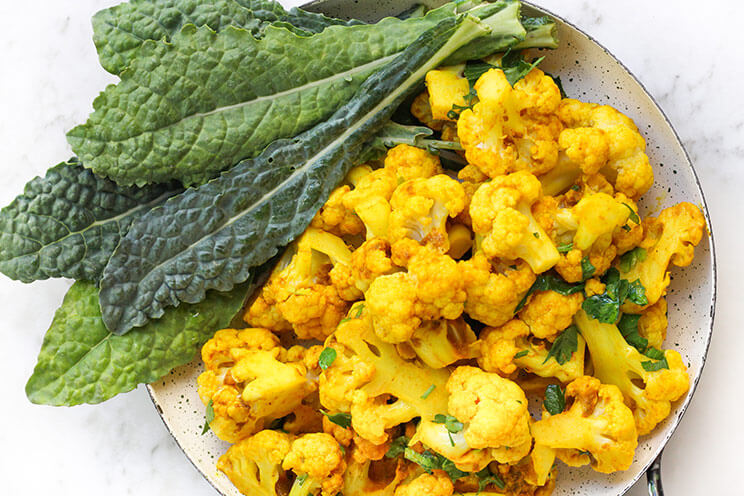
1. Fights Cancer
Cruciferous vegetables are jam-packed with antioxidants. These are key in fighting off free radicals, which can lead to harmful effects, like cancer.
A number of studies prove that eating cruciferous veggies can help prevent cancer. One large review shows that a higher consumption of cruciferous vegetables, especially cabbage and cauliflower, is associated with lower instances of cancers. (2)
2. Calms Inflammation
Chronic inflammation is the root cause of most diseases. (3) Fortunately, eating cruciferous veggies can help fight that dangerous inflammation.
One study looking at 1,000 female participants, found that a diet abundant in the consumption of cruciferous veggies reduces inflammation markers up to 25 percent. (4)
3. Improves Heart Health
Heart disease is one of the top health concerns in the country today. Fortunately, eating your (cruciferous) veggies can help.
Studies show that increased consumption of fruits and veggies, particularly the cruciferous variety, help lower blood pressure and decreases the risk of cardiovascular disease. (5)
4. Helps Regulate Blood Sugar
Cruciferous vegetables are full of fiber. In fact, just one serving of most of these veggies can provide you with your total fiber needs for the day.
What does this have to do with blood sugar? Fiber works to slow the absorption of sugar in the body, in turn improving your blood glucose levels. (6)
5. Promotes Healthy Weight Loss
Cruciferous veggies are low in calories and, as mentioned above, chock full of fiber. This means that after eating them, you’ll feel fuller for longer.
You’ll probably also see the weight on the scale go down as you eat more cruciferous veggies because you’ll be less tempted to snack in between meals.
6. Regulates Hormones
One of the main compounds found in cruciferous vegetables, Indole-3-Carbinol, helps regulate estrogen activity.
Estrogen is a hormone responsible for regulating the reproductive system. However, too much estrogen can disrupt the natural balance of hormones and cause bloating, headaches, and an irregular menstrual cycle. By eating more cruciferous veggies, you can reduce your estrogen, helping to balance out your hormone levels. (7)
Side Effects of Cruciferous Vegetables
While you might be tempted to call cruciferous veggies a cure-all, don’t get too ahead of yourself.
First, beware the veggie platter at parties – you don’t want to eat your broccoli or cauliflower raw! When uncooked, cruciferous vegetables release potentially dangerous goitrogens or compounds that manipulate the thyroid. (8) Goitrogens make it harder for the thyroid to produce the hormones your body needs for proper function.
This is especially important for individuals with a thyroid disorder. If you already have an over- or under-functioning thyroid gland, the addition of too many cruciferous veggies in your diet – raw or otherwise – could increase the severity of the issues you’re currently experiencing.
You may also feel bloated and gassy after eating cruciferous veggies. That’s because eating high amounts of these veggies can lead to fermentation in the large intestine. To combat this risk, drink more water when eating them, and avoid eating them too quickly to make it easier on the digestive system.
How To Prepare Cruciferous Vegetables
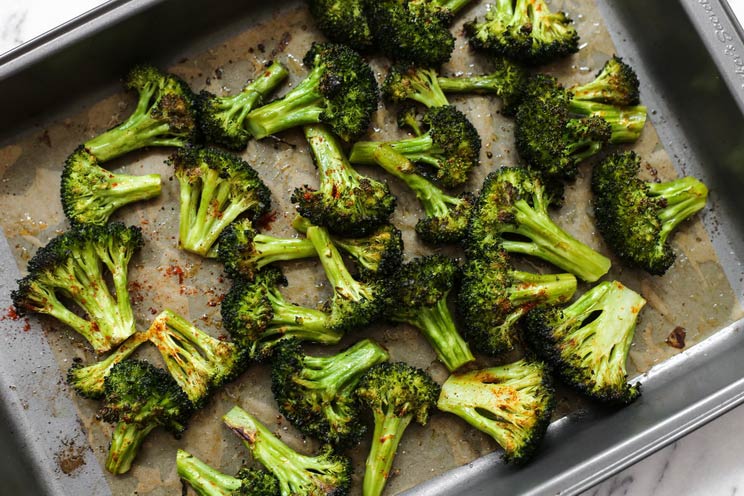
While we don’t recommend snacking on raw cruciferous veggies, there are plenty of ways to cook them. Some of our favorite ways include:
- Steaming: This is arguably the best way to prep your veggies! Cut them into bite-sized pieces, place in a steamer basket over an inch of boiling water, cover, and steam for five to 10 minutes, or until tender.
- Sautéing: In a large skillet, heat olive oil over medium-high heat. Add the vegetables, season to taste, and stir. Cook for about eight to 10 minutes.
- Boiling: Bring a large pot of water to a boil. Carefully add trimmed veggies to the water. Let the water come to a boil again, then reduce the heat. Boil five to 10 minutes or until tender, then drain, season and serve.
- Roasting: Preheat the oven to 350°F. Toss chopped vegetables in olive oil, spread them evenly on a baking sheet and sprinkle with seasoning. Roast for about 35-45 minutes or until the vegetables are beginning to brown.
Our Favorite Cruciferous Vegetable Recipes
For more delicious ways to get extra cruciferous veggies into your diet, try these tried-and-true PaleoHacks recipes:
- Cheesy Broccoli Breakfast Muffins
- Hearty Cranberry Honey Broccoli Salad
- Crispy Garlic Brussels Sprouts
- Baked Brussels Sprouts Chips
- Cauliflower Grilled Cheese Sandwich
- Mini Cauliflower Shepherd’s Pies
- Spicy Kale Chili
- Asian Style Cabbage Wraps
- Hormone Balancing Maca + Honey Walnuts

(Read This Next 31 Easy and Healthy Roasted Vegetable Recipes)



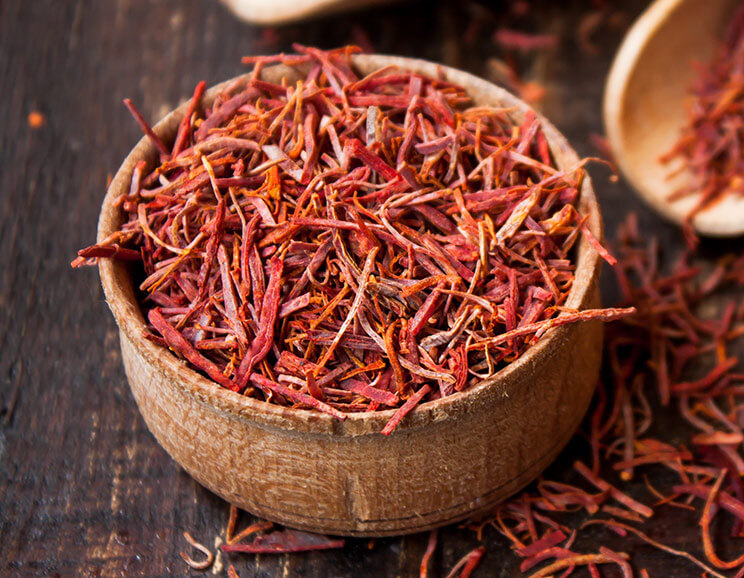
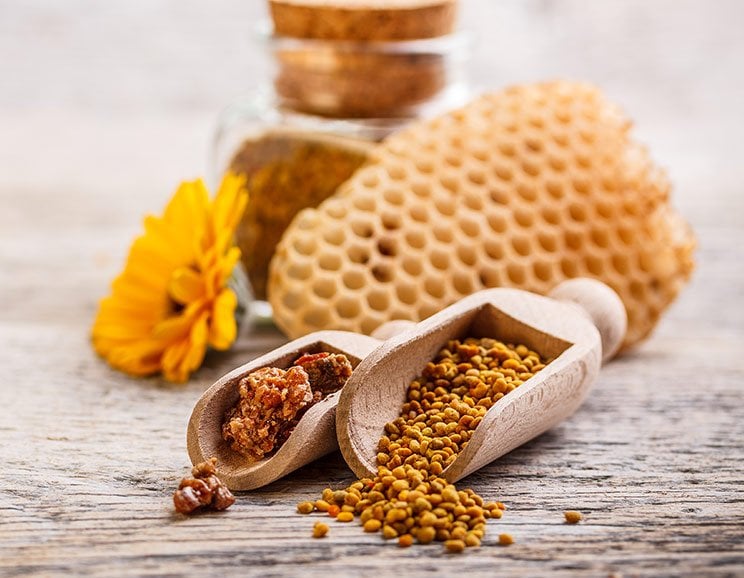
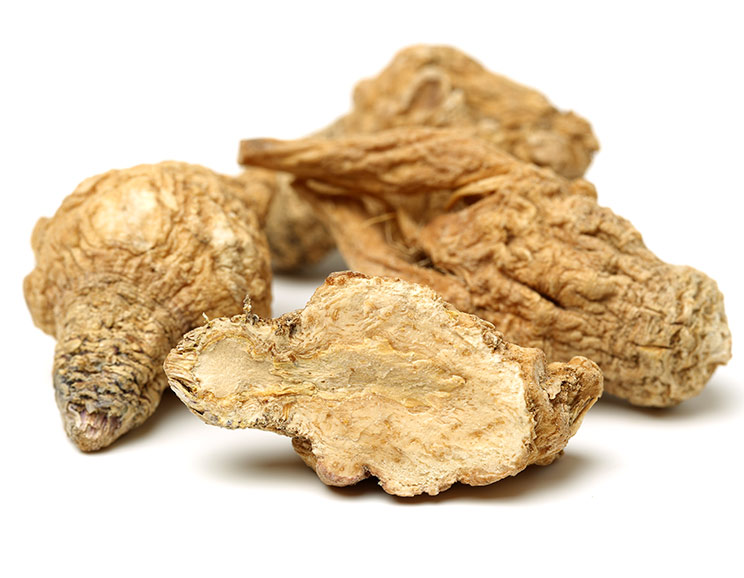
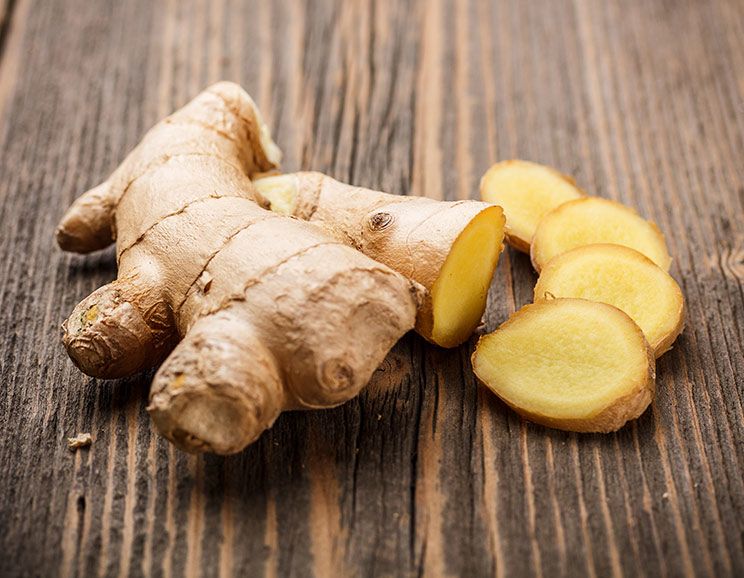
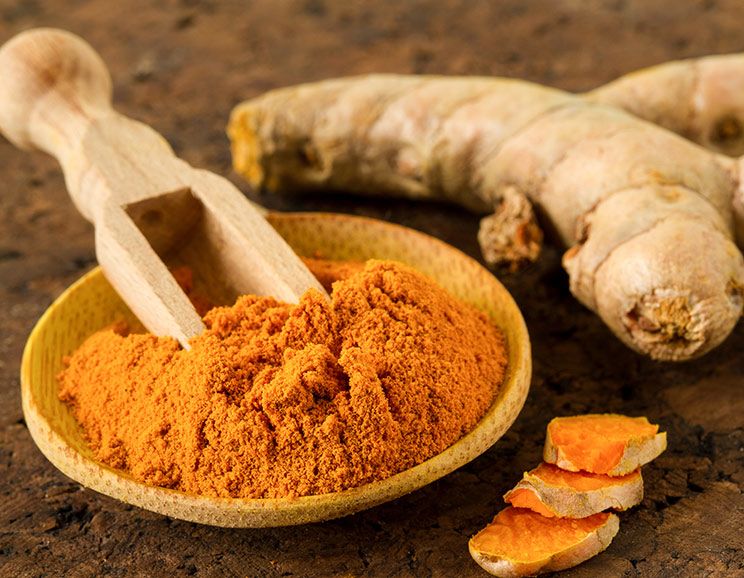

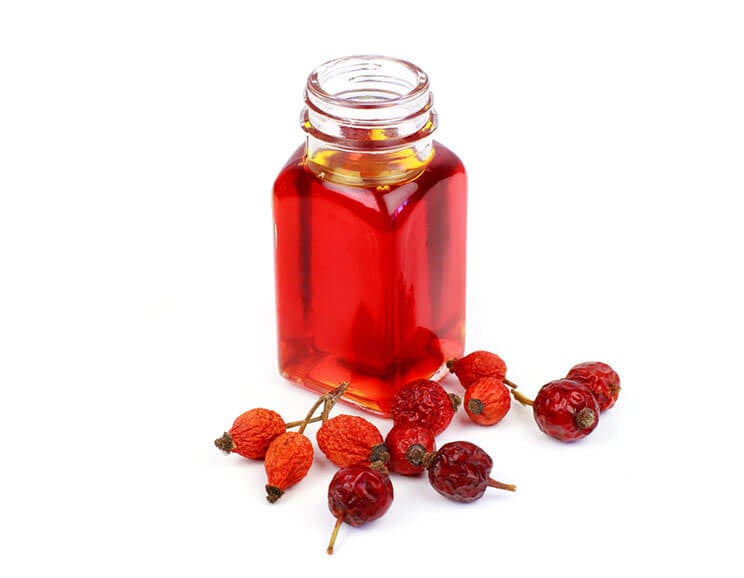
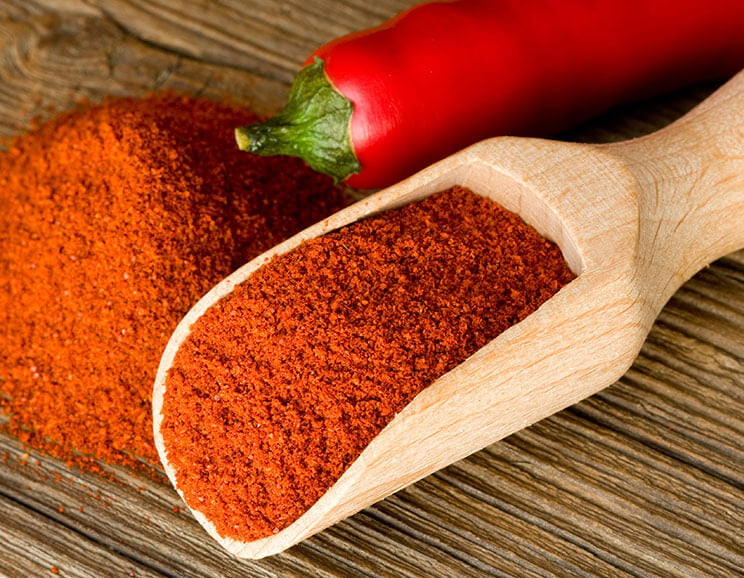

Show Comments